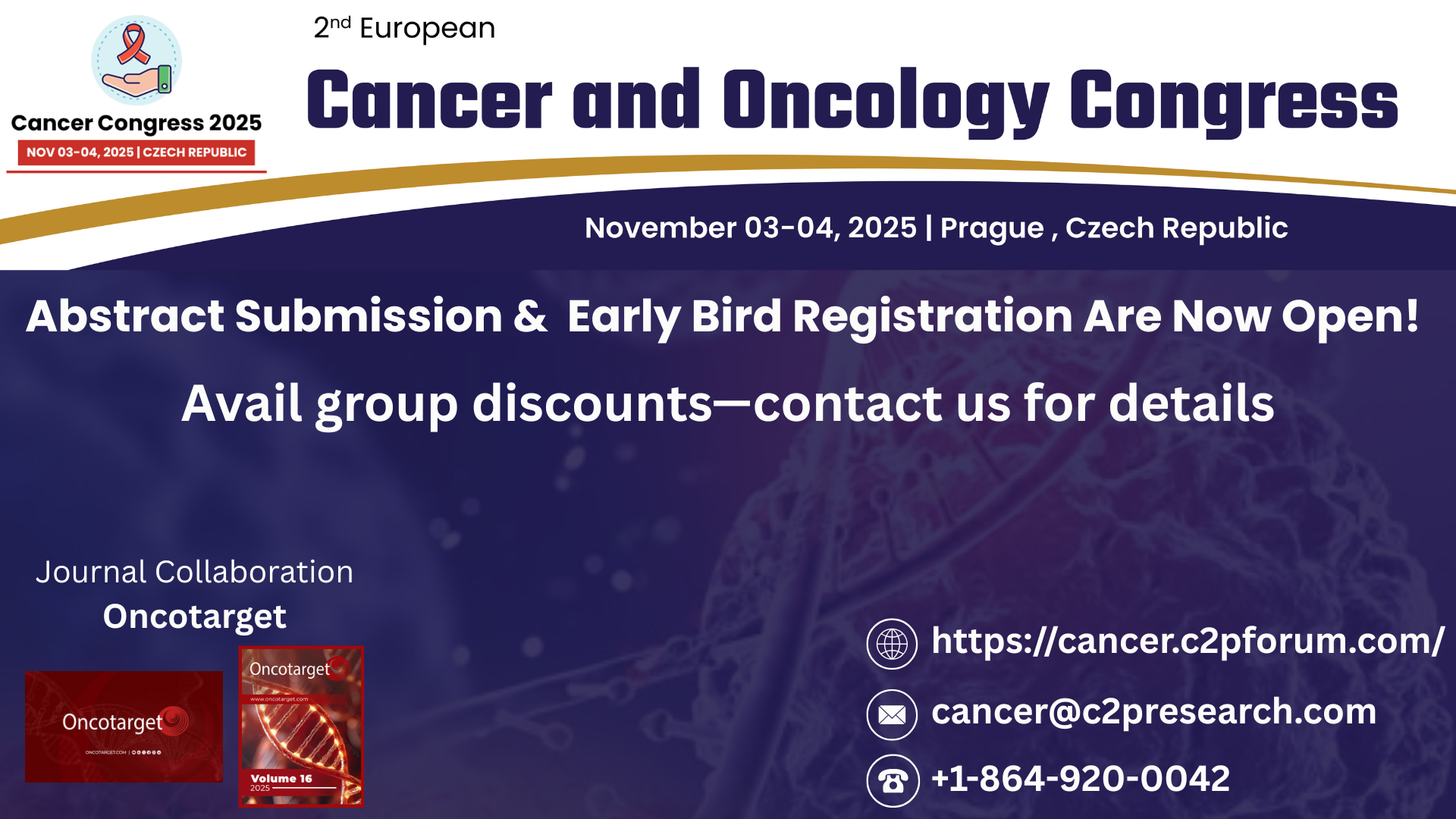Research Papers:
Phase I trial evaluating the antiviral agent Cidofovir in combination with chemoradiation in cervical cancer patients
PDF | HTML | Supplementary Files | How to cite
Metrics: PDF 2705 views | HTML 3787 views | ?
Abstract
Eric Deutsch1,2,3,4, Christine Haie-Meder1, Mohamed Amine Bayar5, Michele Mondini4, Mélanie Laporte6, Renaud Mazeron1, Julien Adam6, Andrea Varga2, Gilles Vassal7, Nicolas Magné8, Cyrus Chargari1,4, Emilie Lanoy5,9, Patricia Pautier2, Antonin Levy1,2,4, Jean-Charles Soria2,3
1Department of Radiation Oncology, Gustave Roussy Cancer Campus, Paris-Sud University, Villejuif, France
2Drug Development Department (DITEP), Gustave Roussy Cancer Campus, Paris-Sud University, Villejuif, France
3Paris-Sud University, Kremlin-Bicêtre Medical University, DHU TORINO, SIRIC SOCRATES, LABEX LERMIT, Le Kremlin-Bicêtre, France
4INSERM U1030 Molecular Radiotherapy, Gustave Roussy Cancer Campus, Villejuif, France
5Biostatistics and Epidemiology Unit, Gustave Roussy Cancer Campus, Villejuif, France
6Department of Medical Biology and Pathology, Translational Research Laboratory and Biobank (UMS3655 CNRS/US23 INSERM), INSERM Unit U981, Villejuif, France
7Department of Clinical Research, Gustave Roussy Cancer Campus, Paris-Sud University, Villejuif, France
8Department of Radiation Oncology, Institut de Cancérologie de la Loire-Lucien Neuwirth, Saint-Priest en Jarez, France
9Inserm U1018 Centre for Research in Epidemiology and Population Health, Paris-Sud University, Villejuif, France
Correspondence to:
Eric Deutsch, email: [email protected]
Keywords: phase I, HPV, Cidofovir, radiotherapy, cervix cancer
Received: October 12, 2015 Accepted: March 06, 2016 Published: March 21, 2016
ABSTRACT
Purpose: This phase I trial aimed to assess the safety and determine the recommended Phase II dose (RP2D) of Cidofovir combined with chemoradiotherapy in patients with stage IB2-IVA cervical cancer.
Experimental design: Incremental doses (1, 2.5, 5 and 6.5 mg/kg) of IV Cidofovir were administered weekly for two weeks, and then every 2 weeks from the start of chemoradiotherapy to the initiation of utero-vaginal brachytherapy. Biological expression of HPV was analyzed during treatment and tumor response was assessed according to RECIST v1.0 criteria.
Results: A total of 15 patients were treated with Cidofovir. Dose-limiting toxicities occurred in 2/6 patients at the 6.5 mg/kg dose level (G3 proteinuria, and G3 acute pyelonephritis with G3 febrile neutropenia). No toxicity occurred at the 5 mg/kg dose level, but only 3 patients received this dose due to trial interruption because of low accrual. The most frequent G3-4 adverse effects observed during the trial were: abdominal pain (n=3), infection (n=2), leuckoneutropenia (n=2), and others (n=6). No toxic death or major renal side effect occurred. The best response was that 8/9 evaluable patients achieved a complete response (89%). In the intention to treat population, the 2-year overall and progression-free survival rates were 93% and 76%, respectively. Biological monitoring of HPV-related markers (decreased p16 expression, and increased p53 and pRb levels) was possible on sequential tumor biopsy samples. The genomic alterations identified were PIK3CA (n=5; one also had a KRAS mutation), and HRAS (n=1) mutations.
Conclusion: Cidofovir at a dose of 5mg/kg combined with chemoradiotherapy appeared tolerable and yielded tumor regressions. Due to early trial interruption, the RP2D was not confirmed.
 All site content, except where otherwise noted, is licensed under a Creative Commons Attribution 4.0 License.
All site content, except where otherwise noted, is licensed under a Creative Commons Attribution 4.0 License.
PII: 8224

